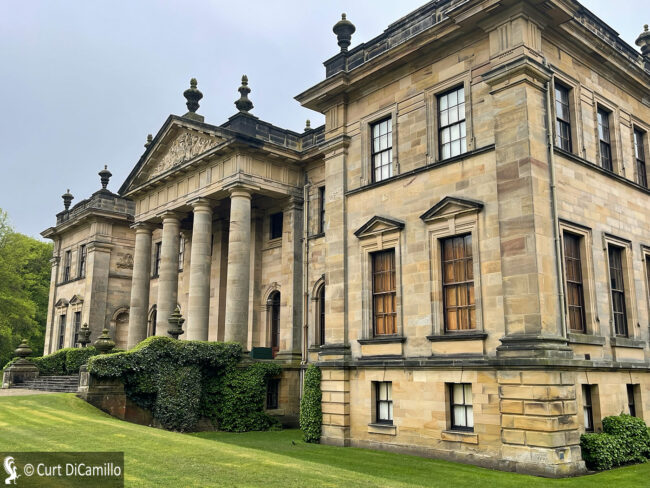
The garden facade
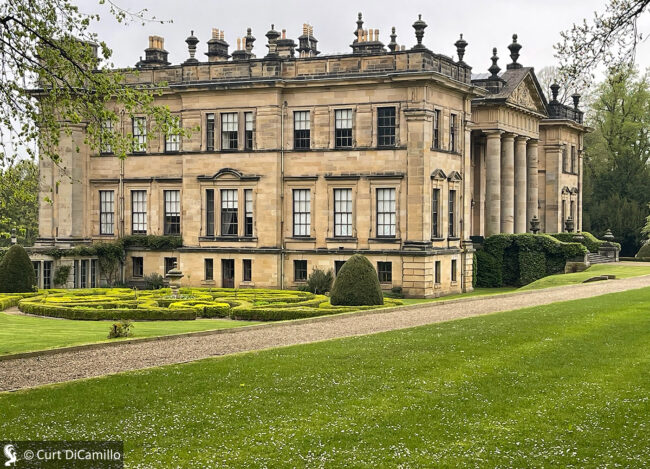
The garden facade
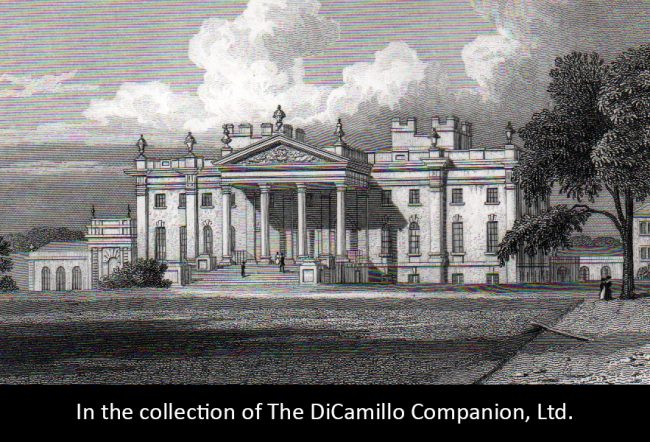
The garden facade from an 1829 engraving
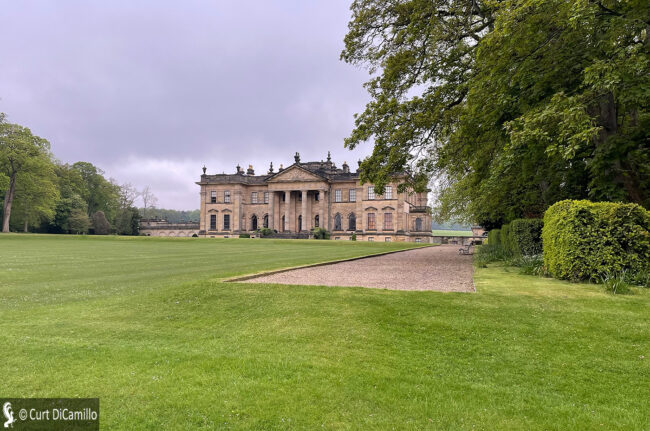
The garden facade
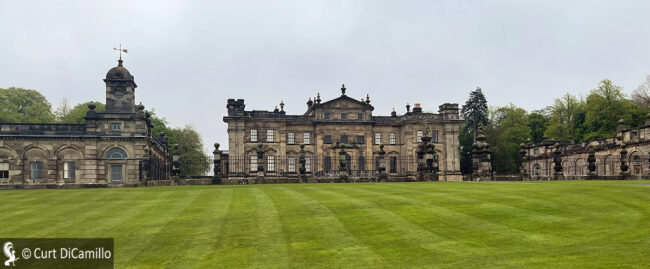
The entrance facade
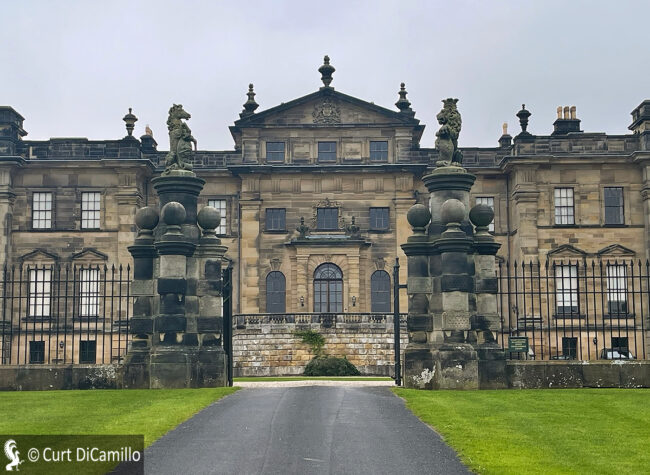
The entrance facade
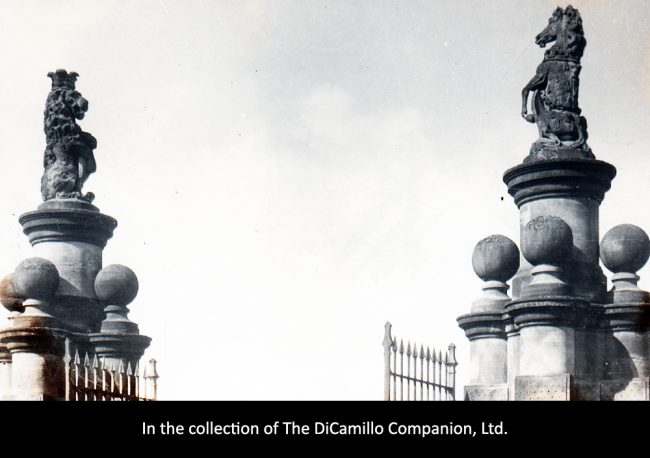
The top of the entrance facade gates from an early 20th century photograph
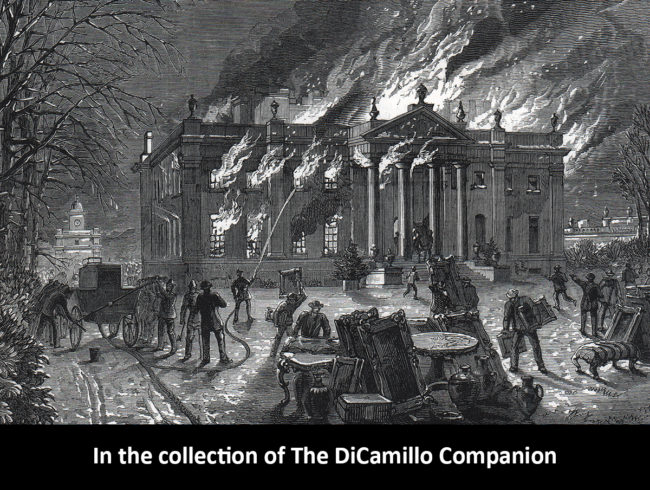
The burning of the house from the Jan 25, 1879 issue of "The Illustrated London News"
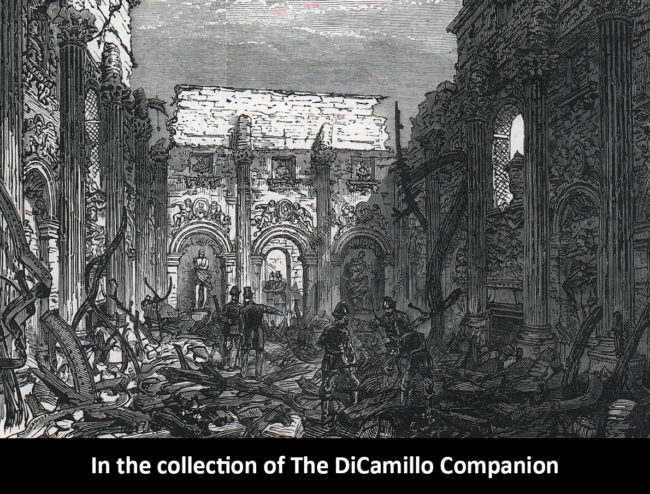
The interior of the house after the fire from the Jan 25, 1879 issue of "The Illustrated London News"
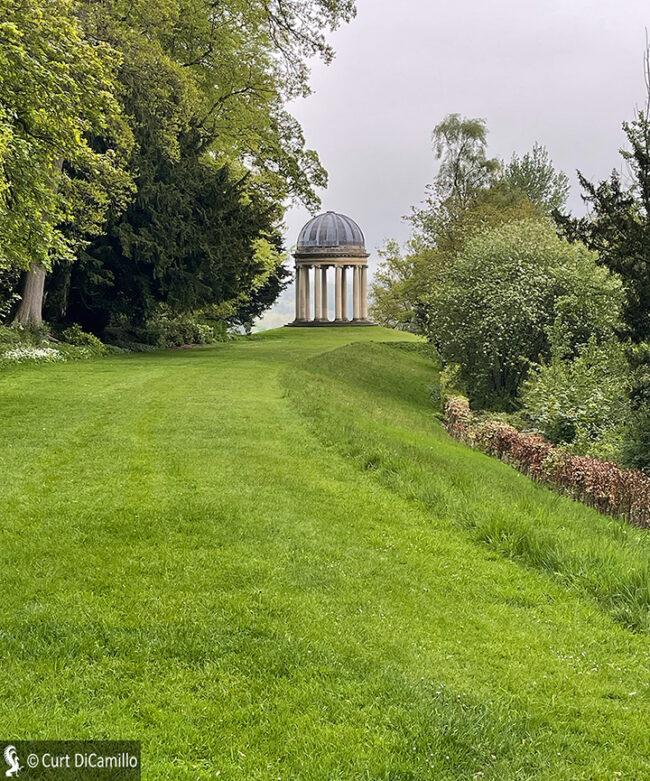
The Ionic Temple
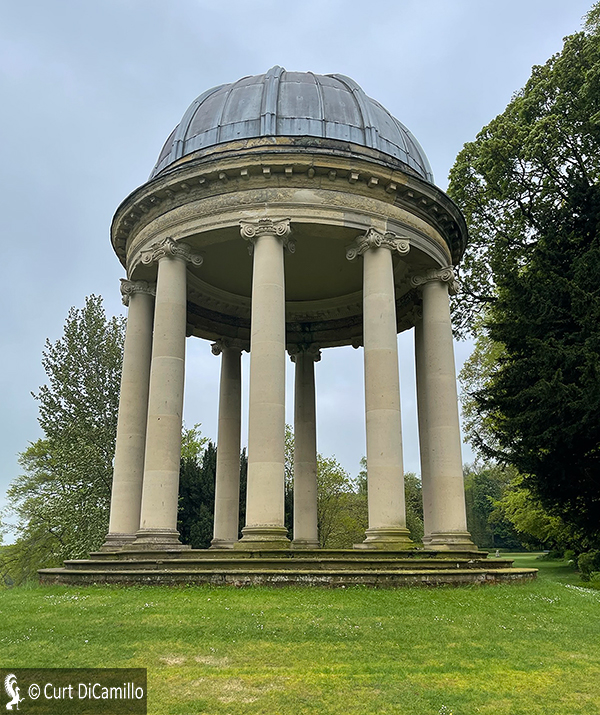
The Ionic Temple
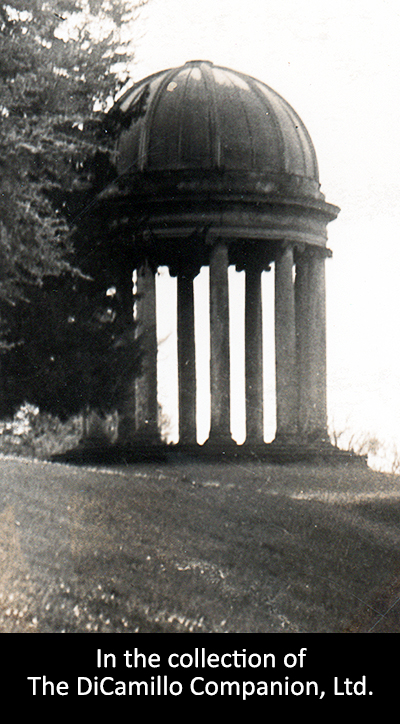
The Ionic Temple from an early 20th century postcard
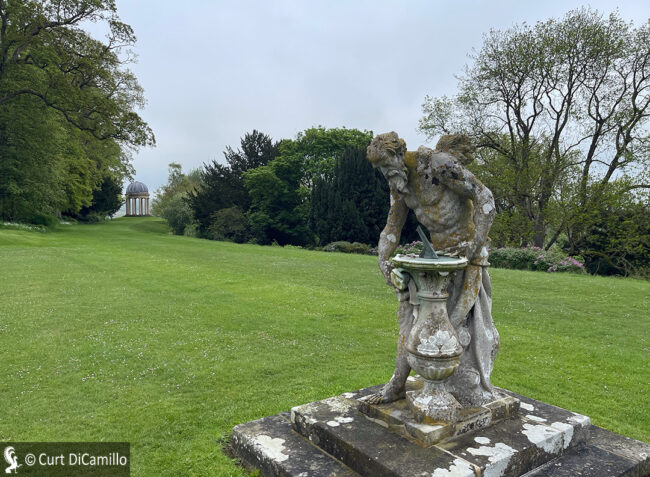
Father Time sculpture, with the Ionic Temple in the background.
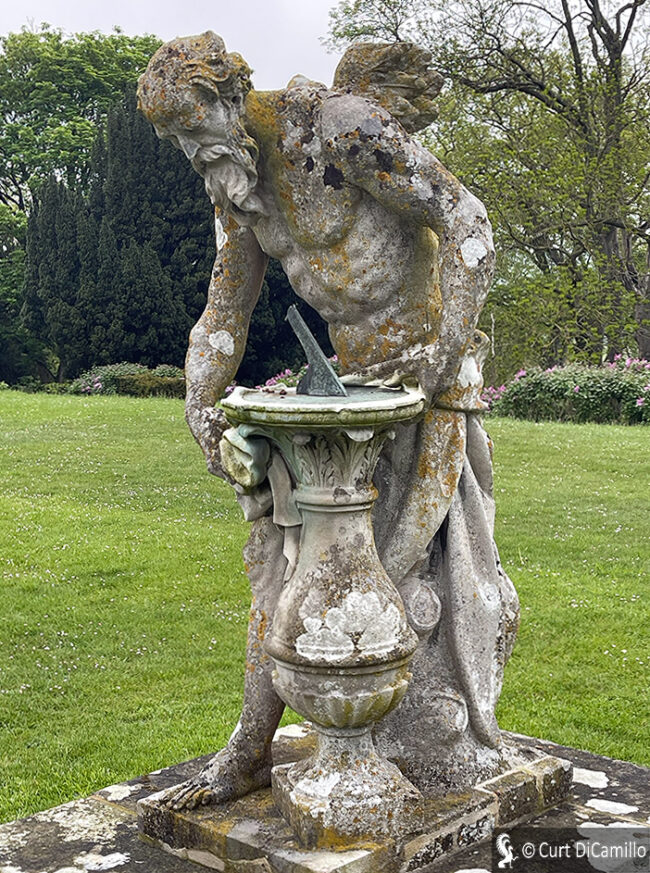
Father Time sculpture
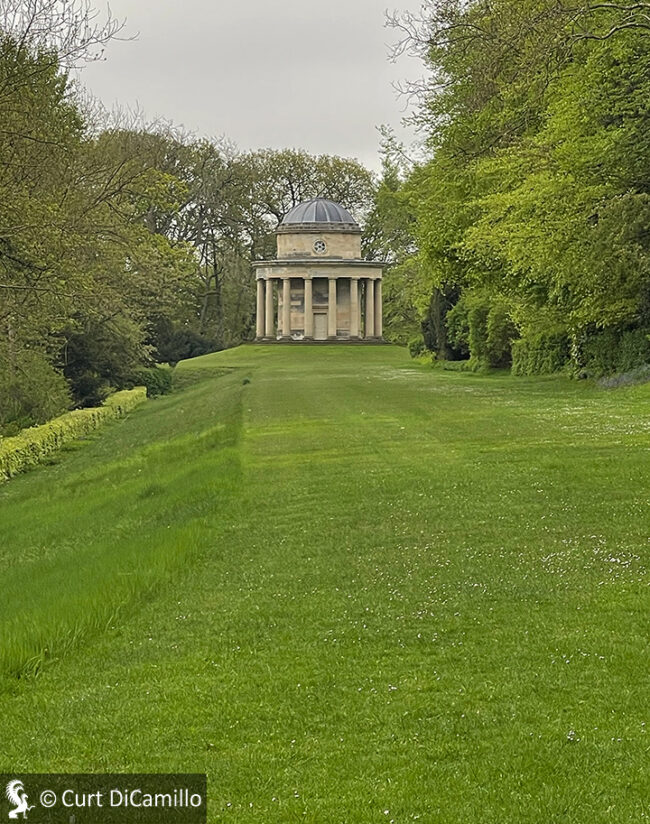
The Tuscan Temple
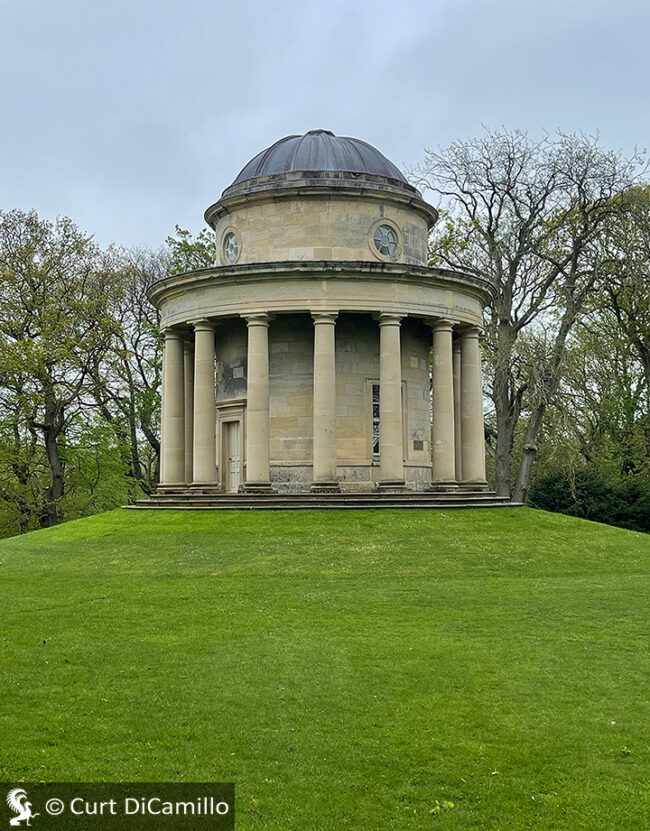
The Tuscan Temple
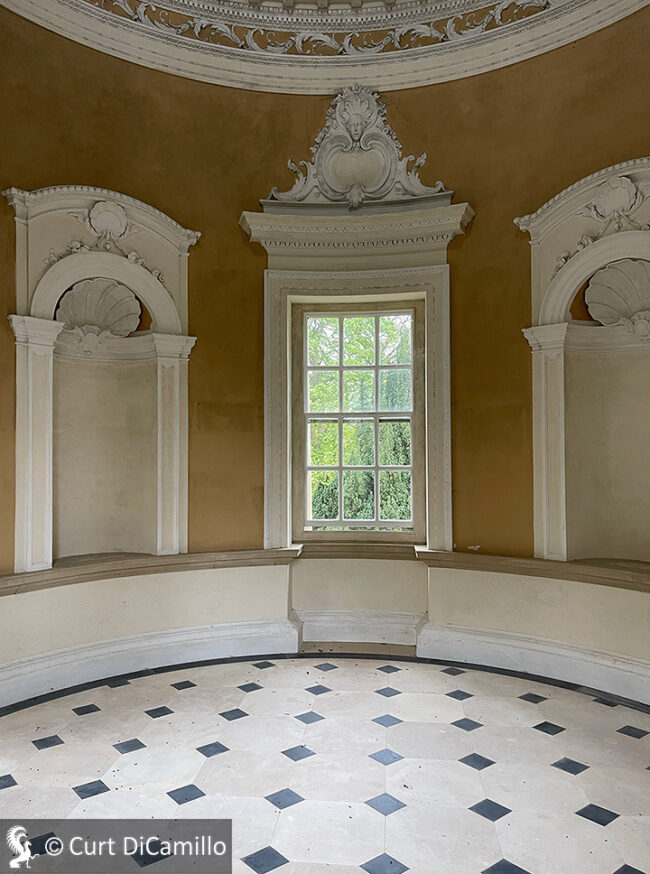
Interior of the Tuscan Temple
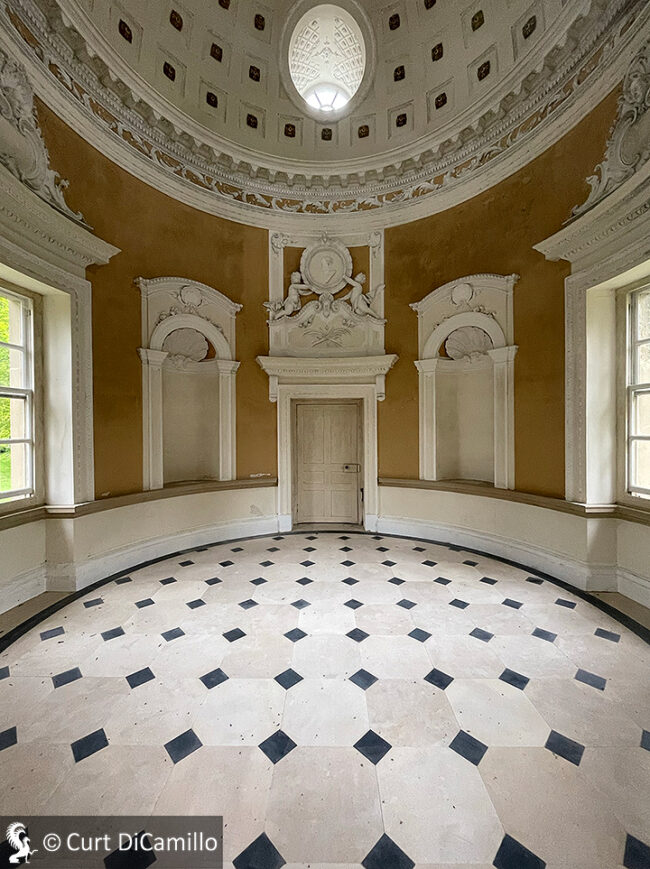
Interior of the Tuscan Temple
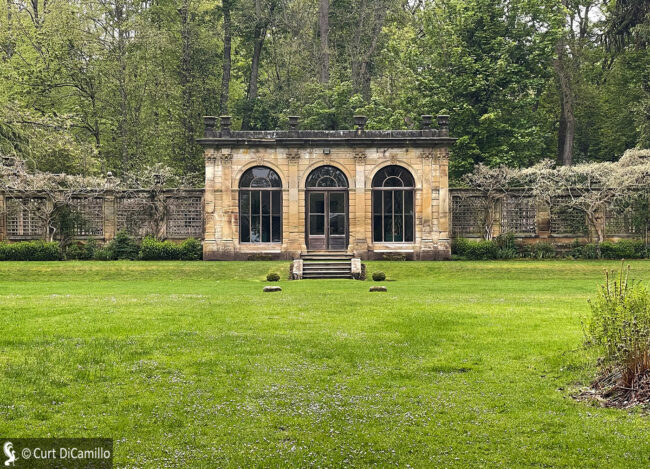
The conservatory
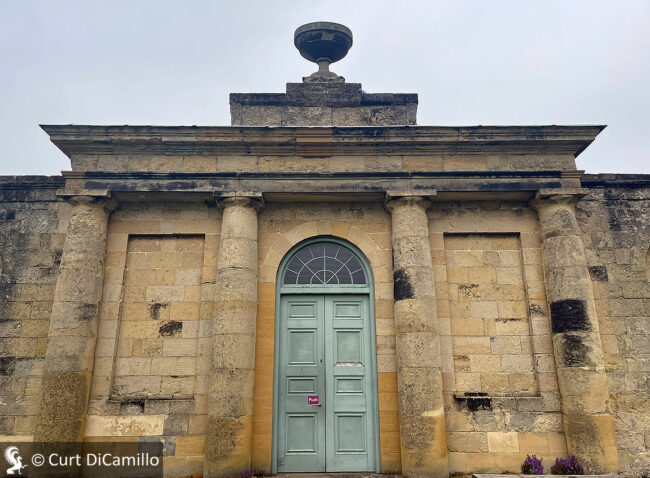
The laundry, today the visitor center.
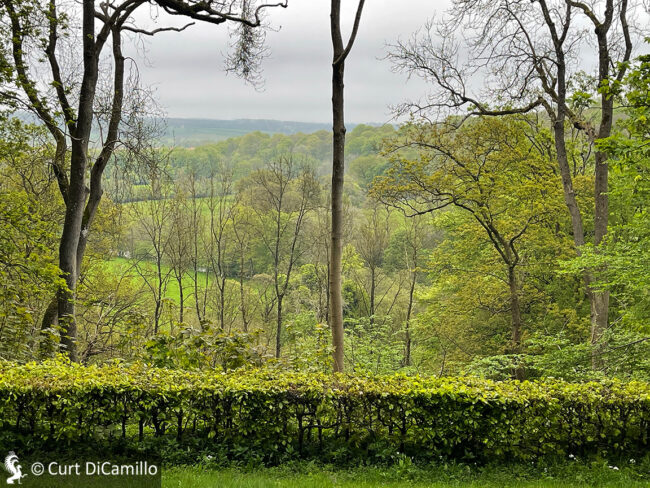
The view from the grounds of the house
Built / Designed For: Thomas Duncombe
House & Family History: Sir Charles Duncombe (1648-1711) was a noted English banker and politician who began his career as an apprentice to the London goldsmith Edward Backwell and later became a member of the Goldsmiths' Company. Duncombe founded a goldsmith's business under the sign of the grasshopper in Lombard Street, London. Under both Charles II and James II Duncombe was receiver of the customs, and made a fortune in banking (Duncombe's Bank later became Martin's Bank, which merged with Barclays Bank in 1969). In 1685 he was elected to Parliament as the Tory member for Hedon; he was later one of the representatives for the Isle of Wight, and of Downton in Wiltshire. Duncombe is possibly best remembered to history for his vehement opposition, together with his banker colleagues Francis Child and Richard Hoare, of the establishment of the Bank of England, which they viewed as a potential competitor. In 1689 Duncombe purchased, from the trustees of the Duke of Buckingham, the Helmsley Estate in Yorkshire for £90,000 and began plans to erect a new house there. In 1698 Duncombe was arrested and imprisoned in the Tower of London and subsequently expelled from the House of Commons, for "contriving and advising the making of false Indorsements of several Bills, made forth at the Receipt of Exchequer, commonly called Exchequer-Bills." At his trial he was acquitted through a mistake in the information. He was knighted on October 20, 1699, was sheriff of the City of London in 1700, and lord mayor in 1708. Upon his death in 1711, unmarried and intestate, (he's buried at Downton in Wiltshire), he was found to be worth £400,000 (approximately £807 million in inflation-adjusted 2016 values using the labour value commodity index), the richest commoner in England. Sir Charles's niece's husband, Thomas Brown (who later changed his name to Thomas Duncombe), built Duncombe Park with the enormous fortune inherited by his wife. Built on the Helmsley Estate, the new house was completed in 1713 on a plateau overlooking Helmsley Castle and the valley of the River Rye. It's not certain who designed the house; Vanbrugh, Wakefield, and others have been suggested as the architect, though Colvin believed it was designed by Wakefield. There was a great fire in 1879, after which Duncombe was rebuilt on the original design. Following the death of the 2nd Earl of Feversham in the Great War, Duncombe was leased to a girls' boarding school (Queen Mary's School) for 60 years. In 1986 the 6th Baron Feversham moved back to his ancestral home and began the restoration of the house.
Comments: Pevnser called the grounds "...one of the most extensive and boldest landscaping enterprises of England." Christopher Hussey on Duncombe: "Perhaps the most spectacularly beautiful among English landscape conceptions of the 18th century."
Garden & Outbuildings: Duncombe is set in the North York Moors National Park; the grounds contain 35 acres of 18th century landscaped gardens and 400 acres of parkland, all part of a 25,000-acre estate. A grass terrace, complete with a sundial in the form of a statue of Father Time, was created in 1758 to allow views of Rievaulx Abbey. In the Romantic style of the 18th century, the terrace is built on a curve so that the abbey ruins are never seen from the same angle. There are two Grade I-listed follies (see photos in "Images" section), both of circa 1730: the Ionic Temple, an open rotunda with unfluted columns and a lead-covered dome (very similar to the rotunda at Stowe and thus attributed to Vanbrugh, although it was built approximately four years after Vanbrugh's death), and the Tuscan Temple, which features a domed Baroque room inside. The Grade II*-listed laundry, today the visitor center, is also extant (see "Images" section). Sir Charles Barry added two pavilions and Helmsley Lodge in 1843. Knipes Manor, the former estate school built in the 1820s, was converted to a house to the designs of Sir Martyn Becket in the 1950s and remains a private residence today (no longer owned by the estate). Duncombe Park is home to the National Centre for Birds of Prey, which houses the largest collection of birds of prey in the north of England.
Architect: John Vanbrugh
Date: Circa 1730Architect: Martyn Gervase Beckett
Date: 1950sArchitect: William Wakefield
Date: 1713Architect: Charles Barry Sr.
Date: 1843-51Vitruvius Britannicus: C. III, pls. 85-88, 1725.
John Bernard (J.B.) Burke, published under the title of A Visitation of the Seats and Arms of the Noblemen and Gentlemen of Great Britain and Ireland, among other titles: 2.S. Vol. I, p. 31, 1854.
John Preston (J.P.) Neale, published under the title of Views of the Seats of Noblemen and Gentlemen in England, Wales, Scotland, and Ireland, among other titles: 2.S. Vol. I, 1824.
Country Life: XVII, 270, 1905. May 24 & 31, 1990.
Title: Country Life (magazine)
Author: NA
Year Published: NA
Reference: Aug 19, 2009, pg. 66
Publisher: London: Future plc
ISBN: NA
Book Type: Magazine
Title: Stourhead Guidebook - 1990
Author: NA
Year Published: 1990
Reference: pg. 40
Publisher: London: The National Trust
ISBN: NA
Book Type: Softback
Title: In Ruins
Author: Woodward, Christopher
Year Published: 2001
Publisher: London: Chatto & Windus
ISBN: 070116896X
Book Type: Hardback
Title: Biographical Dictionary of British Architects, 1600-1840, A - SOFTBACK
Author: Colvin, Howard
Year Published: 1995
Reference: pgs. 104, 1016
Publisher: New Haven: Yale University Press
ISBN: 0300072074
Book Type: Softback
House Listed: Grade I
Park Listed: Grade I
Current Seat / Home of: The Hon. Jake Barnaby Duncombe
Past Seat / Home of: Thomas Brown (later Thomas Duncombe), 18th century. William Duncombe, 2nd Baron Feversham, 19th century; William Ernest Duncombe, 1st Earl of Feversham, 19th century; William Reginald Duncombe, Viscount Helmsley, 19th century; Charles William Slingsby "Sim" Duncombe, 3rd and last Earl of Feversham, until 1963; Peter Duncombe, 6th Baron Feversham, until 2009.
Current Ownership Type: Individual / Family Trust
Primary Current Ownership Use: Private Home
House Open to Public: Grounds Only
Phone: 01439-770-213
Fax: 01439-771-114
Email: [email protected]
Website: https://www.duncombepark.com
Historic Houses Member: Yes